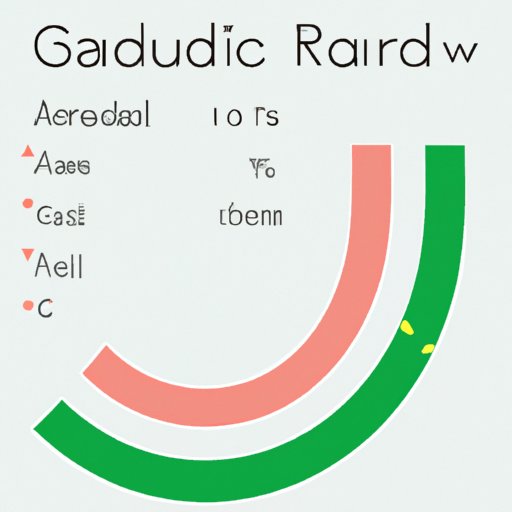Introduction
Curve grading is a popular method used by instructors to assign grades to students. This type of grading system takes into account the overall performance of all students in a class rather than individual student performance. It is most often used when instructors are faced with a large number of students who have achieved similar scores on an assessment or final exam. This allows for the instructor to adjust the overall grade distribution so that the majority of students receive passing grades.
Definition of Curve Grading
Put simply, curve grading is a method of assigning grades to students based on the overall performance of the entire class. It involves adjusting the raw scores of each student to create a “normal” distribution that reflects the performance of the entire group. Curve grading is also known as “relative grading” because it compares student performance relative to their peers instead of an absolute standard.
Benefits of Curve Grading
Curve grading is beneficial in many ways. First, it gives instructors more flexibility in assigning grades. Instead of having to adhere to a set of predetermined standards, instructors can adjust the grade distribution to better reflect the performance of the class as a whole. Second, it helps to ensure that students are graded on a level playing field. By comparing student performance relative to their peers, instructors can ensure that no one student has an unfair advantage over another.
Pros and Cons of Curve Grading
Like any grading system, there are both advantages and disadvantages to using curve grading. On the plus side, it is a fair and equitable way to assign grades since it takes into account the overall performance of the group. Additionally, it allows instructors to adjust the grade distribution to better reflect the performance of the class. On the downside, some students may find it difficult to understand how the grades were calculated since the process is not transparent.

Different Types of Curve Grading
There are three main types of curve grading: standard curve grading, weighted curve grading, and percentile curve grading. Standard curve grading is the most basic form of curve grading and involves adjusting the raw scores of all students within a certain range to create a normal distribution. Weighted curve grading adjusts the scores of individual students based on their performance relative to their peers. Finally, percentile curve grading adjusts the scores of all students to a certain percentile.
How Curve Grading is Used to Calculate Grades
To calculate grades using curve grading, instructors first need to determine the desired grade distribution. This typically involves setting a minimum passing score and then assigning grades based on how close each student’s score is to this minimum. For example, if the minimum passing score is 70%, then students whose scores fall between 65% and 75% would receive a B+. Once the grade distribution is determined, instructors can then use a formula to calculate each student’s final grade.
Mathematics Behind Curve Grading
The mathematics behind curve grading is relatively straightforward. The formula used to calculate grades involves taking the difference between each student’s score and the minimum passing score, multiplying it by a weighting factor, and then adding it to the minimum passing score. This formula can be expressed as follows: Grade = (Score – Minimum Passing Score) x Weight + Minimum Passing Score.

Impact of Curve Grading on Student Performance
Studies have shown that curve grading can have a positive effect on student performance. According to a study conducted by the University of Minnesota, students who are graded using curve grading tend to perform better than those who are graded using traditional methods. Additionally, the study found that students who are graded using curve grading are more likely to work harder and put forth greater effort in order to achieve higher grades.

Role of Curve Grading in Higher Education
In recent years, curve grading has become increasingly popular in higher education. One reason for this is that it allows instructors to grade on a level playing field and ensure that all students are treated fairly. Additionally, it can help to motivate students to work harder and strive for higher grades. Finally, curve grading allows instructors to adjust the grade distribution to better reflect the performance of the entire class.
Conclusion
Curve grading is a popular and effective method of assigning grades to students. It takes into account the overall performance of the entire class and allows instructors to adjust the grade distribution accordingly. Additionally, it can have a positive effect on student performance since it motivates students to work harder and strive for higher grades. Finally, it is becoming increasingly popular in higher education due to its ability to promote fairness and equity among students.
(Note: Is this article not meeting your expectations? Do you have knowledge or insights to share? Unlock new opportunities and expand your reach by joining our authors team. Click Registration to join us and share your expertise with our readers.)
